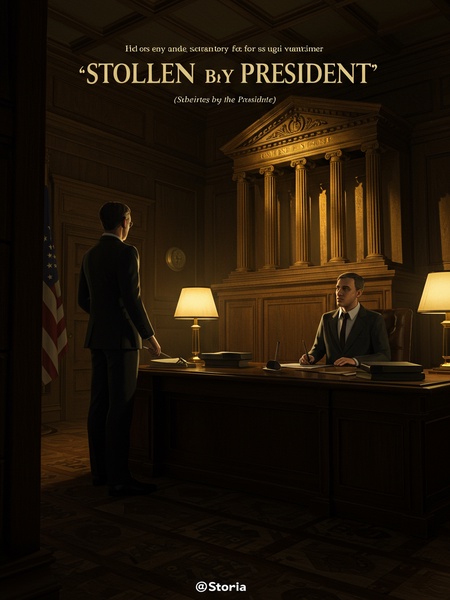Chapter 6: The Last Stand
In this climate, in 1928, the Sioux Nation rebelled.
The news flashed across the ticker tape in every newsroom from St. Paul to Topeka. Once again, the heartland braced for war.
The Sioux controlled present-day Sioux Falls, South Dakota, bordering Minnesota to the east and Nebraska and Iowa to the south. It was a strategic hub among the key Midwestern regions. Especially in the early 20th century, as the Midwest—particularly South Dakota and Iowa—developed, the importance of this corridor connecting Iowa, South Dakota, Minnesota, and Nebraska became increasingly apparent. The federal government, left with no alternative, sought to strengthen its control, which clashed with the interests of the Sioux and led to rebellion.
Trains full of workers and soldiers alike rumbled through these crossroads, making Sioux Falls a prize worth fighting over. The stakes had never been higher.
In fact, as early as five years prior, in 1923, Chief Sitting Bull of the Sioux had already rebelled once. However, when the government dispatched a large army, it suffered a major defeat and was forced to grant amnesty. Sitting Bull, seeking to consolidate his power, feigned submission.
Old-timers claimed you could still find spent bullets and battered canteens buried in the Badlands, relics of the battle that nearly broke the army’s back.
In 1928, as the U.S. was emerging from World War I, Sitting Bull saw his opportunity slipping away and rebelled again, seizing territory and growing in strength.
It was a last-ditch gamble—double or nothing. For a time, it looked like he might just pull it off.
In 1929, the government mobilized a massive army, drawing troops from Minnesota, Nebraska, Iowa, Illinois, Wisconsin, and other states—a total of 240,000 men—to jointly suppress the Sioux.
The trains rattled across the prairie, carrying tired men and the metallic tang of gun oil. Every available train car was pressed into service, and for months, the countryside swelled with uniforms and encampments. Small towns along the rail lines hosted impromptu parades and watched anxiously as sons and fathers marched away.
With the federal army closing in, the Sioux could not withstand the assault. After several major battles, Sitting Bull was captured at Badlands Fortress and sent to the capital, where he was executed by firing squad.
His trial and execution became a grim national spectacle—covered by every major paper, debated on every radio program. Some folks cheered, others wept, and for many, it felt like the end of the world they’d grown up in.
After the Sioux campaign, the federal government was greatly weakened. As a result, in dealing with other defiant tribes, the government became hesitant to use force, preferring appeasement instead. Yet history does not bend to human wishes—the more Washington sought to avoid conflict, the more unrest arose.
People in the Midwest sensed the government’s uncertainty. Some whispered that Washington had lost its nerve. Others braced for the next storm, knowing that trouble seldom stayed quiet for long.
In 1931, two major tribal leaders—Chief White Bear of North Dakota and Chief Red Eagle of Nebraska—rebelled together, in what became known as the "White-Red Rebellion."
This time, the rebellion spread like prairie fire—unstoppable, unpredictable, and devastating. The names White Bear and Red Eagle soon echoed in every household west of the Mississippi.
At first, the government hoped to negotiate peace, as the Great Depression had already hit New York and the situation in the Northeast was tense. A war in the Midwest against two powerful tribes would mean fighting on two fronts.
Even President Hoover, usually so decisive, hesitated. With breadlines stretching around city blocks and Wall Street in free fall, the idea of another costly war was almost unthinkable.
However, to the surprise of President Hoover and his advisors, Chief White Bear proved to be an exceptional military leader. Within a few months of rebellion, he had captured Fargo, Omaha, Des Moines, Sioux Falls, and other key cities, and proclaimed the establishment of the "Great Plains Nation."
He moved like a chess grandmaster, outmaneuvering generals and sweeping aside resistance. The speed and ferocity of his campaign shocked even seasoned observers.
White Bear’s actions were a direct challenge to the federal government’s supremacy. Whether the government wished it or not, it had no choice but to send troops to suppress the rebellion.
The die was cast. For every compromise brokered in Washington, a new battle line was drawn on the prairie.
In 1933, after nearly three years of warfare, White Bear and Red Eagle were killed in battle, their main forces destroyed, and the four major tribes in South Dakota eliminated. Most of the state was brought under direct federal administration, but the government paid a heavy price for this achievement.
By the end of it all, fields lay fallow, small towns stood empty, and the old world of tribal chieftains had been swept away. But the scars remained—a sobering reminder of the long, hard road to a united nation.
But even as the dust settled, old grudges smoldered beneath the prairie grass—waiting for the next spark.
Continue the story in our mobile app.
Seamless progress sync · Free reading · Offline chapters